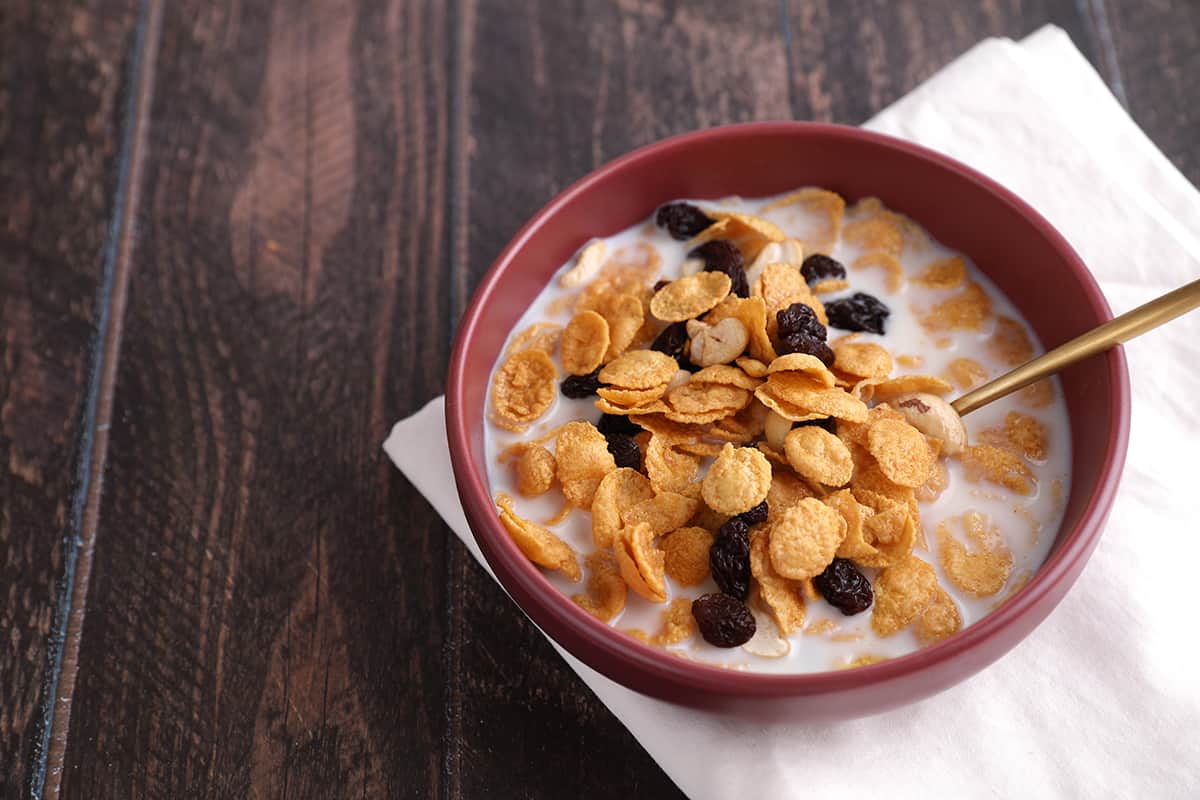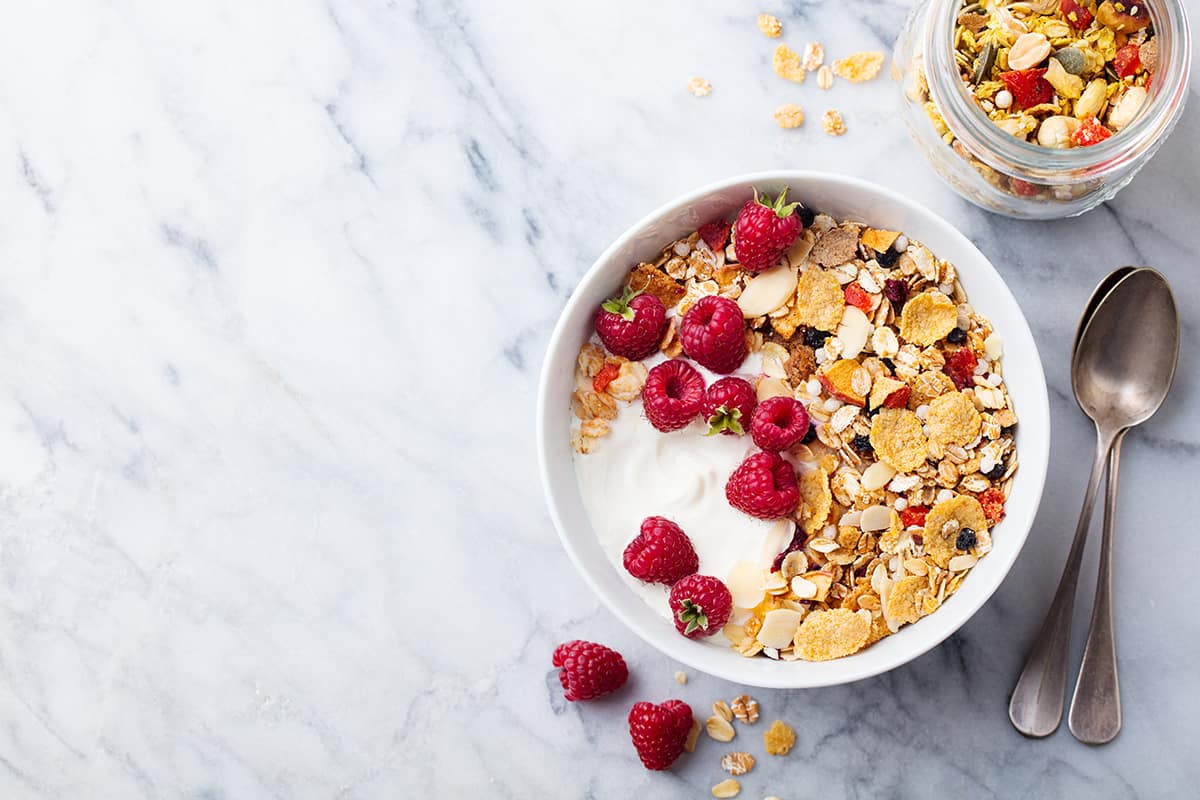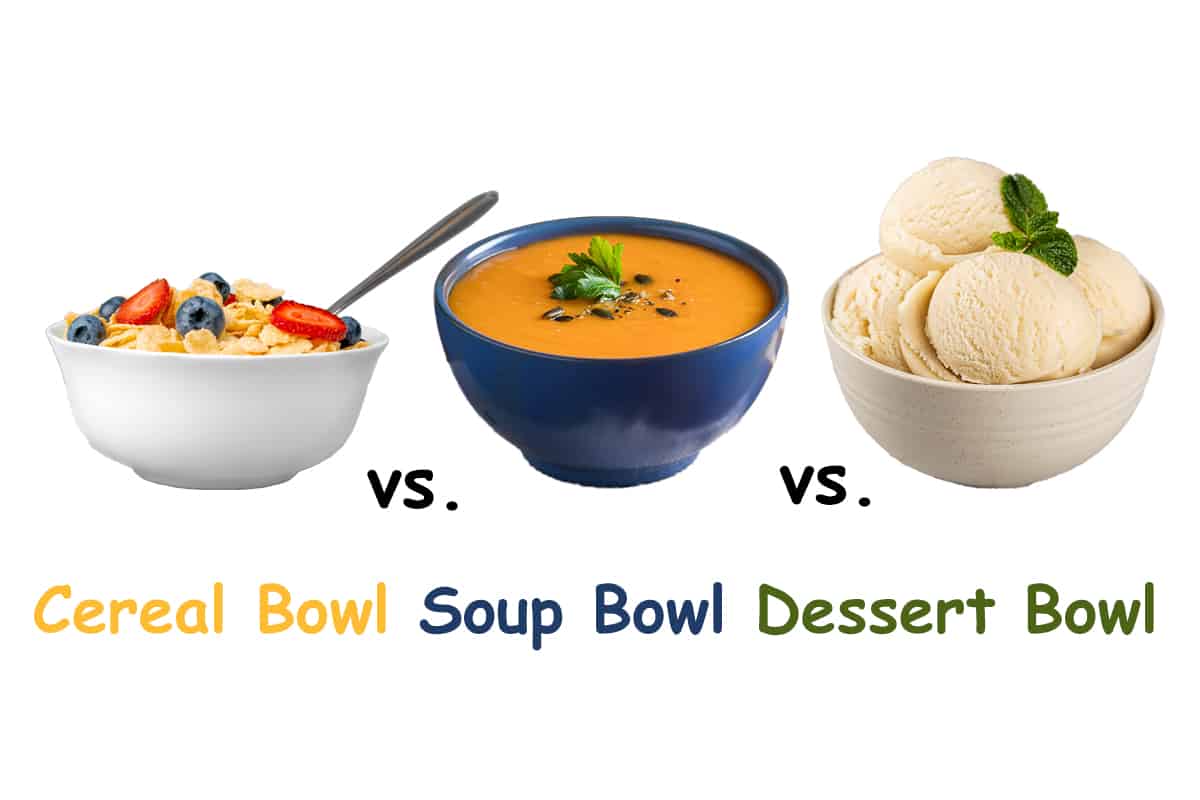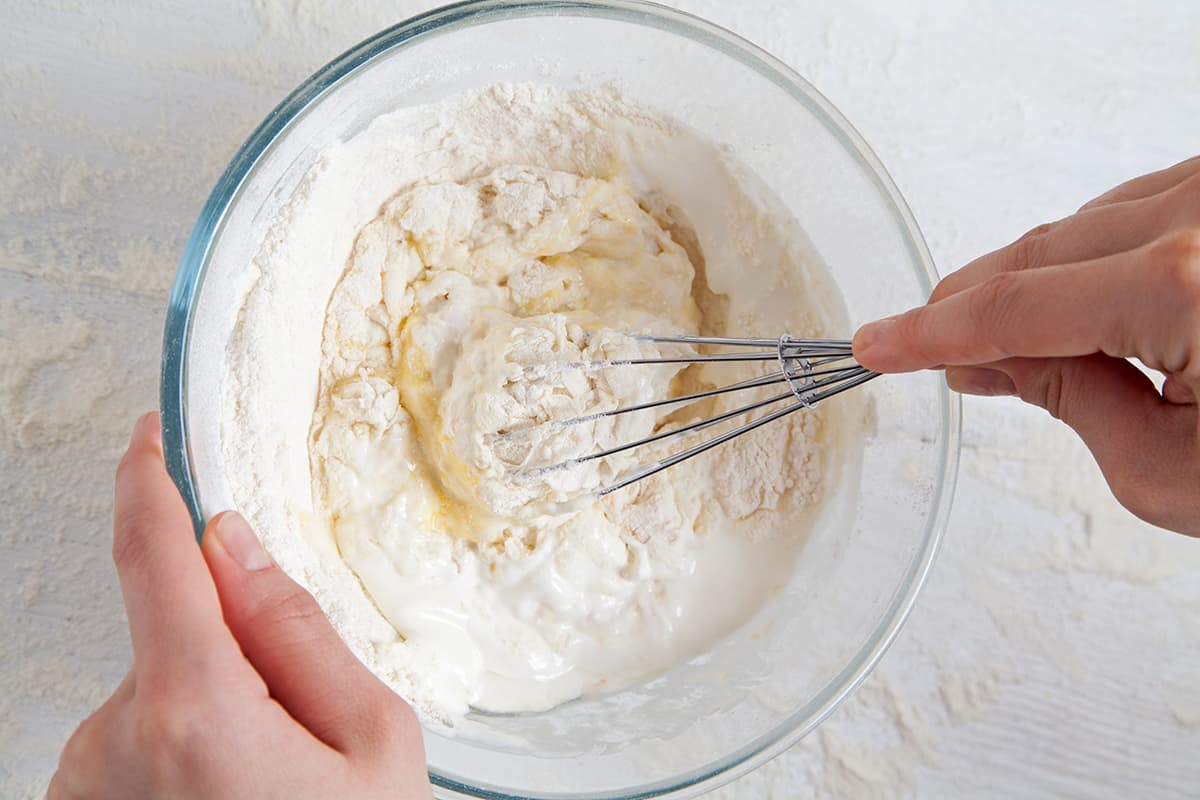A heaping serving of cereal will help you start the morning right. To enjoy this traditional breakfast food, the bowl should be narrow and deep in shape to stop the milk from splashing over the brim. But when it comes to cereal bowls, what is the standard size?
The typical cereal bowl will be large enough to contain at least 8 fluid ounces of milk, which is the recommended serving size. So, you should look for a bowl that can hold around 12 fluid ounces to include the volume of the cereal.
The shape of the bowl doesn’t matter as much as the holding capacity, especially if you’re using it for cereal. If you’d like to learn more about cereal bowls and serving sizes, please feel free to read on.
Read also: Standard Bowl Size, Serving Bowl Sizes
Standard Cereal Bowl Size
As far as cereal bowls go, there is no such thing as a “standard” size. After all, some of you folks mind not feel fully satisfied with just a single portion of cereal and should opt for a larger bowl.
However, if you’re looking at the typical size of a cereal bowl, we’re talking about a bowl that can hold around 1.5 cups of liquid or 12 fluid ounces. The dimensions of the bowl will differ from model to model, but for the most part, the typical 12-fluid-ounce cereal bowl will measure 6 inches wide and 3 inches deep.
How Much Milk per Serving of Cereal?

The quantity of milk you add to your cereal bowl every morning is entirely up to you. After all, you are the king or queen of your breakfast endeavors.
That said, there is a recommended amount of milk you should add to the cereal bowl. Most cereal manufacturers will assume that you will pour 1 cup or 8 ounces of milk into the bowl. That is why the typical cereal bowl is designed to be slightly larger in order to accommodate the volume of the cereal.
Does Cereal Bowl Size Matter?
Yes and no.
It matters if you are following the cereal diet. Essentially, the cereal diet is a type of weight-loss program where a follower replaces eats cereal for two meals in a day. The third meal is reserved for low-cal snacks. While the cereal diet is questionable at best, if you want to follow it, you should pay close attention to how much milk and cereal you add to the serving dish.
So, if you’d like to follow the cereal diet to the letter, you should look for a cereal bowl that accommodates your short-term goal—i.e., to lose weight. That way, you won’t be tempted to overfill the bowl will more milk and sweetened cereal than necessary.
It’s also important to choose the right cereal bowl if you’re on a strict non-cereal diet. That way, you can easily count your caloric intake to ensure that you’re not going over or under your daily doses.
As for the rest of us regular Joe and Janes, the size of the cereal bowl doesn’t matter. You can use as large or as small of a bowl as you want and refill when needed. However, if you’d like to keep things traditional, then you should probably shop for a 12-fluid-ounce cereal bowl.
Is Wider Better than Deeper?

Even though the typical cereal bowl will be taller and narrower than most serving bowls, it’s possible to find cereal bowls that are wider and shorter. Now, does the shape of the bowl matter? It all boils down to personal preference.
Narrow, deep cereal bowls are ideal for those who like to submerge their cereal in milk. That way, the cereal at the bottom will be slightly soggier and have a satisfying “gush” to them.
On the other hand, if you’re a fan of crunchy cereal, you can either add less milk to the bowl (but you won’t get the recommended milk quantity that way) or choose a wider, shorter bowl. The width of the bowl increases the milk’s surface area, which will allow the cereal to spread out and not become fully submerged. That way, each bite you take will retain some of the cereal’s natural crunchiness.
If you ask me, deep and narrow bowls are the way to go, regardless of what type of cereal you like.
What Other Uses Does a Cereal Bowl Have?
Just because it sports the name “cereal bowl” doesn’t mean you can’t use it for other things.
For instance, 6 × 3-inch cereal bowls are perfect for other breakfast food items, like oatmeal and savory porridges. Some even scoop ice cream into cereal bowls.
What separates this type of cereal bowl from others is its deep wells and high walls. You can place as much as 12 fluid ounces of food into the bowl and not have to worry as much about it sloshing all over the place.
How Big of a Bowl Do I Need to Add Toppings to Cereal?
For the most part, fresh fruit will not affect how large or small the cereal bowl should be. After all, the fruits will remain afloat and will not displace any of the milk. However, you should be careful not to pour too much cereal into the bowl as it could overflow with the addition of fruit toppings.
The best way, in my opinion, to add assemble a bowl of cereal is to add milk, then the cereal, and finally, the toppings. That way, you can control how much cereal and fresh fruit you eat without spilling the milk.
Should I Eat Cereal Every Morning?
I’m not here to tell you what you should and shouldn’t eat during breakfast, though I will remind you that it is an incredibly important meal.
That said, consuming cereal, especially the overly sweetened stuff made for children, can be detrimental to your health. According to Business Insider, there are about 19.8 grams of cereal per every 100 grams of the average type of cereal. Nestlé claims that the recommended portions for kids and adults are 25-30 grams and 30-45 grams of cereal, respectively.
That means you and your kids are consuming about 6 grams of cereal every morning. Since we should limit our sugar intake to about 30 grams per day, that’s already 20% of the sugar we need daily. And that’s not taking into account the sugar from the fruit toppings!





